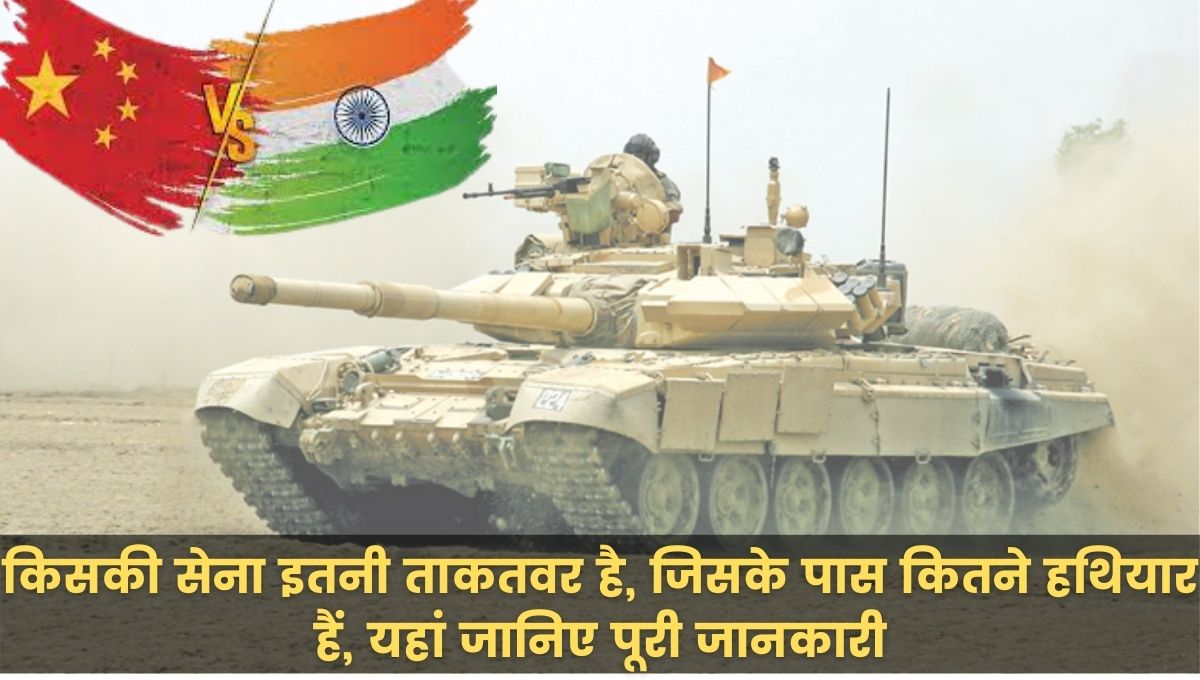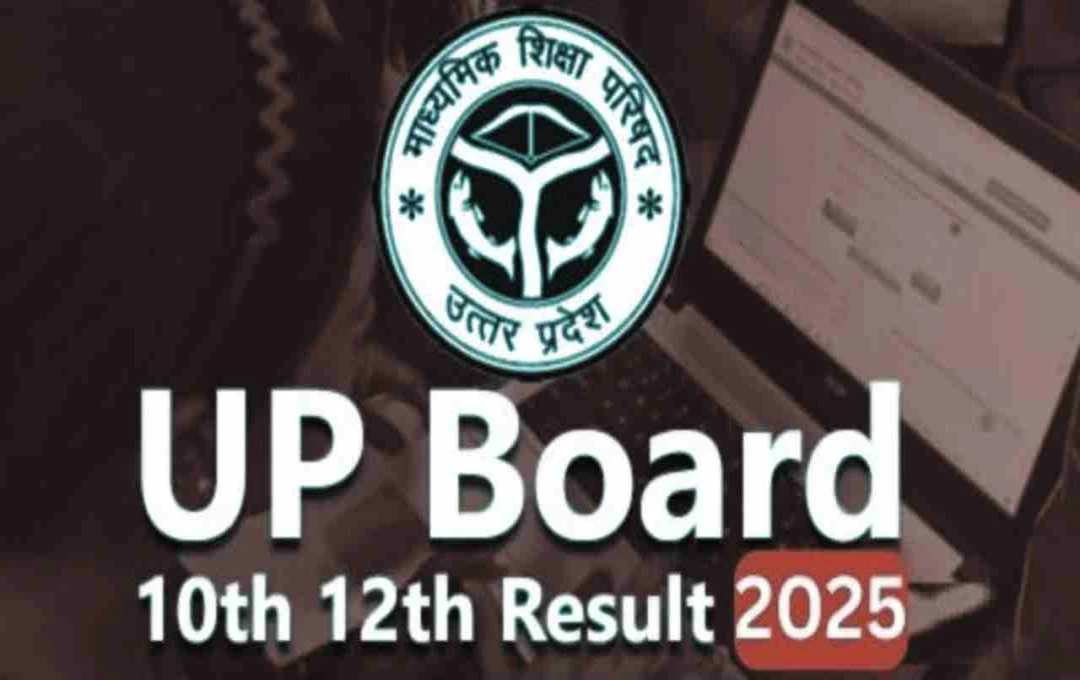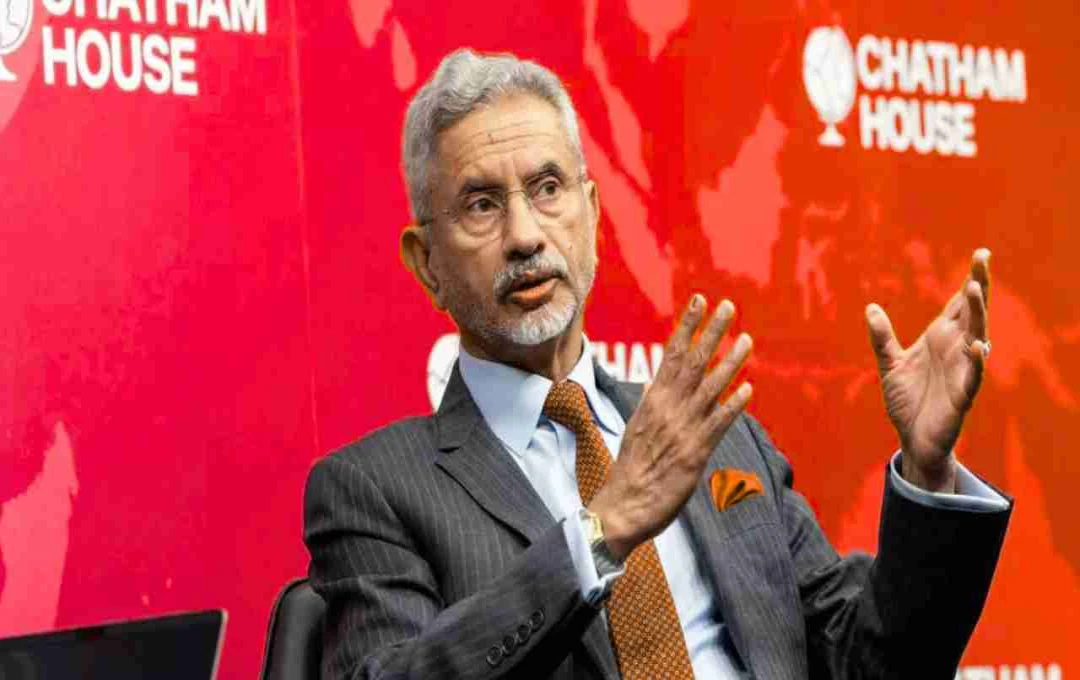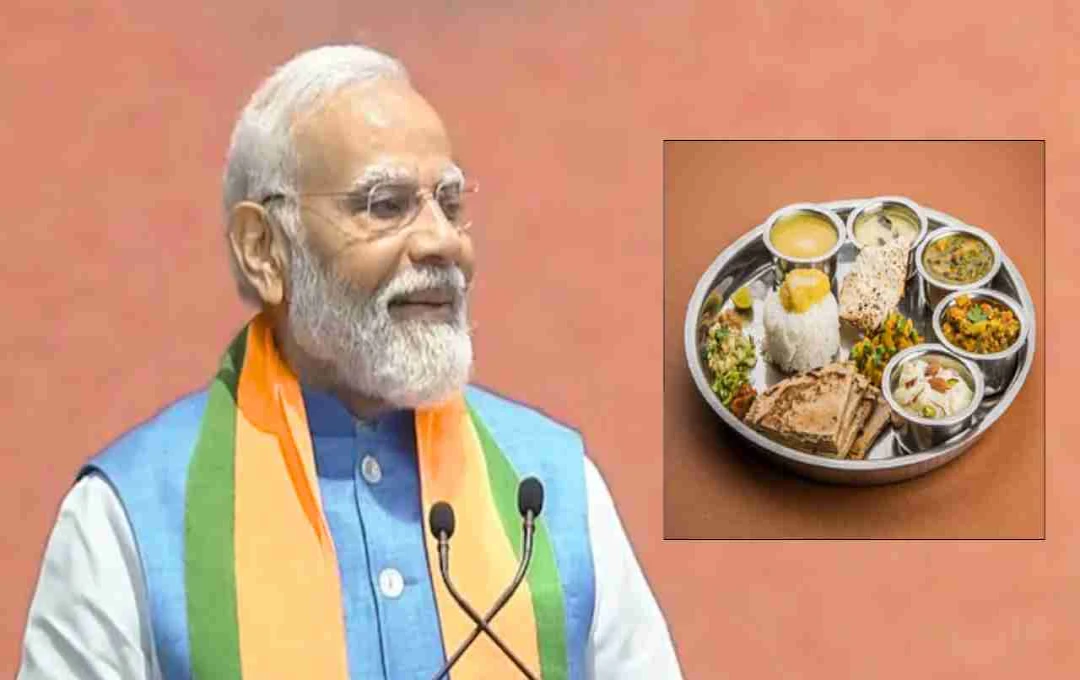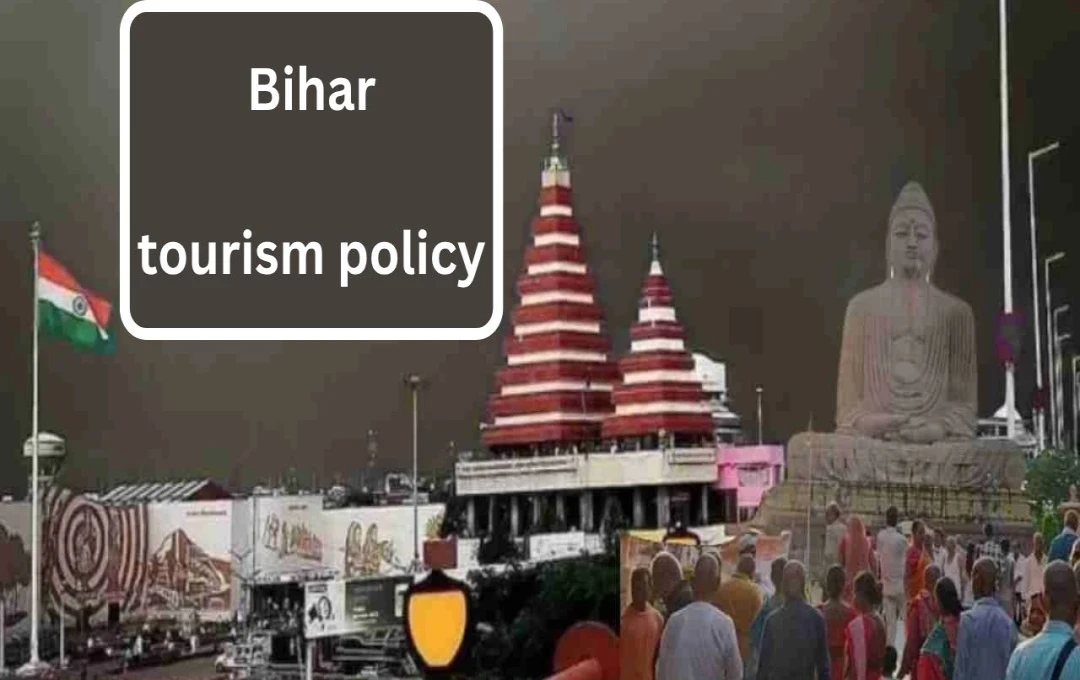The Bharatiya Janata Party (BJP) is gearing up for the upcoming Bihar Assembly elections with a novel strategy. Beyond traditional rallies and public gatherings, the party is focusing on the millions of Bihar voters residing outside the state but eligible to vote in their home state.
Bihar Politics: The BJP has launched a comprehensive campaign to engage Biharis living outside the state, keeping the Bihar Assembly elections in mind. This campaign, titled "Ek Bharat Shreshtha Bharat," aims to connect Biharis residing across the country with the party, encouraging their active participation in favor of the BJP in the upcoming elections. In March, the party organized "Bihar Diwas," celebrated extensively across 65 locations nationwide.
Senior BJP leaders participated in these events, engaging with migrant Biharis. The party has identified 150 districts across India with significant Bihar populations. Seventy-five teams have been deployed to these districts to collect data on Bihar voters.
A New Political Strategy: Out-of-State Biharis, In-State Votes
The BJP's strategy is rooted in a reality often overlooked by political analysts: approximately 20 million people from Bihar currently reside outside the state, with roughly 13 million still registered on Bihar's voter lists. These individuals, residing elsewhere for work, education, or business, nonetheless hold the power to significantly influence Bihar's political landscape.
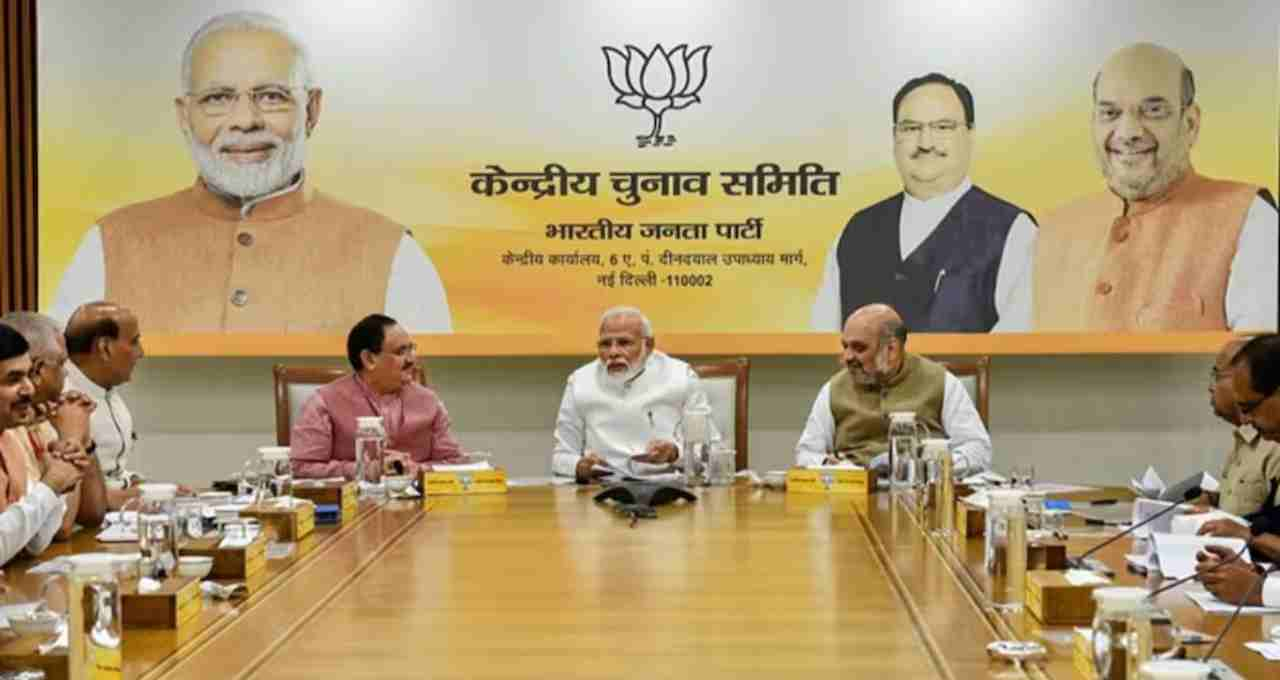
According to the party, this is not an insignificant number. Approximately 65% of these migrant Bihari voters regularly visit their villages and habitually cast their votes in person. The BJP believes that if these voters are organized and motivated, they could be game-changers in several constituencies.
75 Teams, Data from 150 Districts, Focus on the 'Saral' App
For this campaign, the party has deployed 75 teams across 150 districts nationwide to connect with the migrant Bihari community and gather comprehensive data. This data is uploaded to the party's internal app, "Saral." The Saral app is used by the BJP for micro-management and booth-level planning.
These teams' work extends beyond data collection; they engage in personal communication, emphasizing the importance of their vote in shaping Bihar's future.
Voter and Supporter Categories: A Two-Pronged Strategy
The campaign is divided into two parts: "voter" and "supporter." Registered Bihar voters are directly contacted and urged to return to Bihar to vote. Those with Bihar connections but not registered voters are encouraged to persuade their family and relatives to vote for the BJP.
States like Haryana, Maharashtra, Delhi, Punjab, and Telangana have large Bihari migrant populations. Haryana alone has approximately 500,000 Biharis. The BJP's local units in these areas are taking this campaign very seriously. Fourteen districts in Haryana are involved in this initiative. The party is engaging people through events like "Bihari Sammelan" (Bihari Conference), fostering cultural connections.
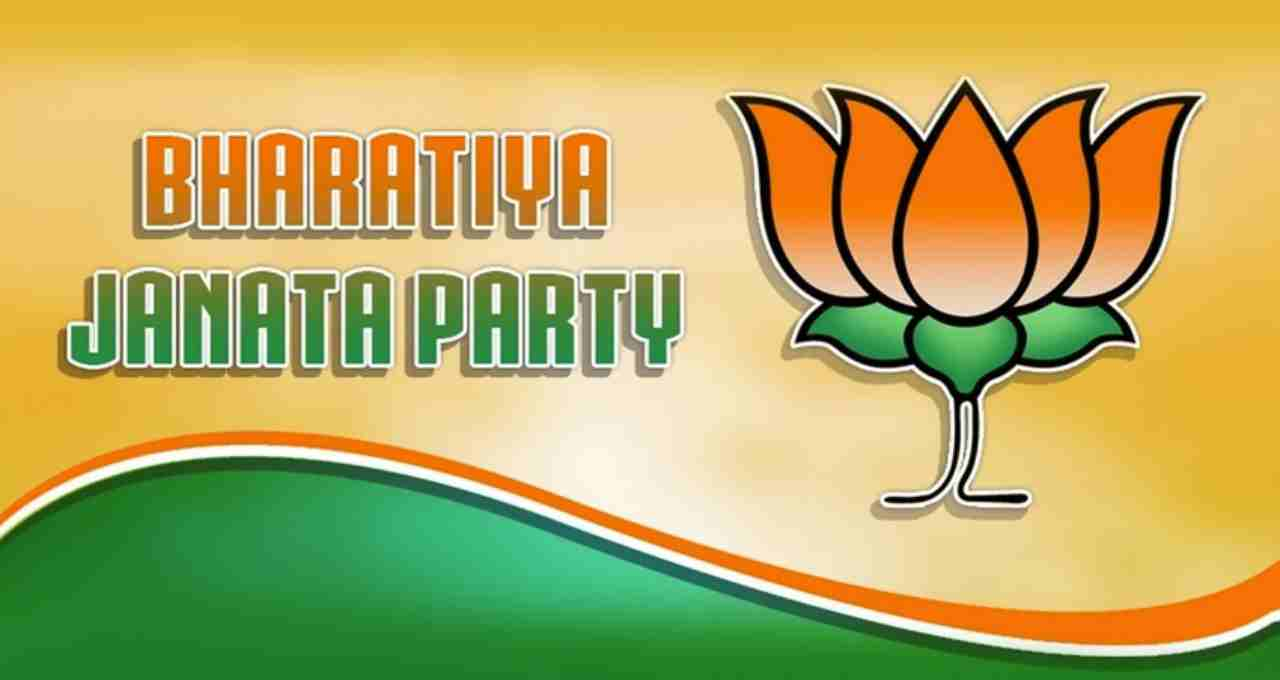
Leveraging COVID-19 Era Data
The BJP is also utilizing data collected during the COVID-19 pandemic from migrant workers. The Bihar government had then requested data to provide financial assistance to stranded workers. Around 1.3 million workers applied at that time, making it easier to contact them now.
In March, the BJP celebrated Bihar Diwas at 65 locations across the country. These events not only invited migrant Biharis but also saw the presence of central party leaders, fostering personal interactions to strengthen emotional bonds.
The crucial question remains whether this strategy will remain limited to publicity or translate into actual votes. According to political analysts, if just 20% of the 13 million migrant voters organize and return to Bihar to vote, it could potentially swing the results in 25 to 30 constituencies. This is the BJP's hope.



